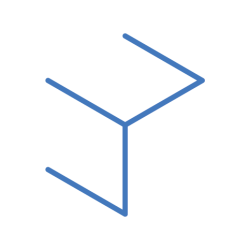Need to review one’s work before publishing it. No matter the amount of pressure or little time.
Reduce the reliability of the artist.
Stages in Production for Film in Compositing
Temps/Postviz
Trailers
Finals
QC
Software Project Management
Google Docs and Sheets
Ftrack
Shotgun/Shotgrid
Production Roles
Line Producer
Central to VFX project management. Liaise with all aspects of production and post-production.
VFX producer
Ensure the studio completes projects on time and to a high standard.
VFX Dailies
A daily meeting in the morning when artists working on a project meet to share their work in its current state. Ensure that you are moving in the right direction and getting feedback.
Get your current versioned work uploaded.
Tech Check before publishing
Check if you did all the notes for the shot
Compare this version with the old one
Check editorial
any retime in the shot
your shot has the latest CG and FX
Your shot has the latest camera match move
Write in the comments if you have any personal notes
Do you have different alternatives for the shot
QC
Desk Dailies Review (small)
1 VFX sup, 1 VFX Prod, 1 Line Prod, 1 Lead Comp
+ artist (you)
Slack, Zoom, Teams for remote
Small Cinema Dailies (medium)
1 VFX sup, 1 line Prod, 1 VFX Prod, 1 Lead CG, 1 Lead comp
+ tech team + artist/s(your team)
Big Cinema Dailies (big)
VFX sup, line Prod, VFX Prod, Lead CG, Lead Comp – studio team
VFX sup, Director, Producer, Editorial, Lighting lead – client team
Reflections
On-site offers more learning experience than remote/online.
Trust is important.
Word gets out fast so don’t be “that” guy/girl.

